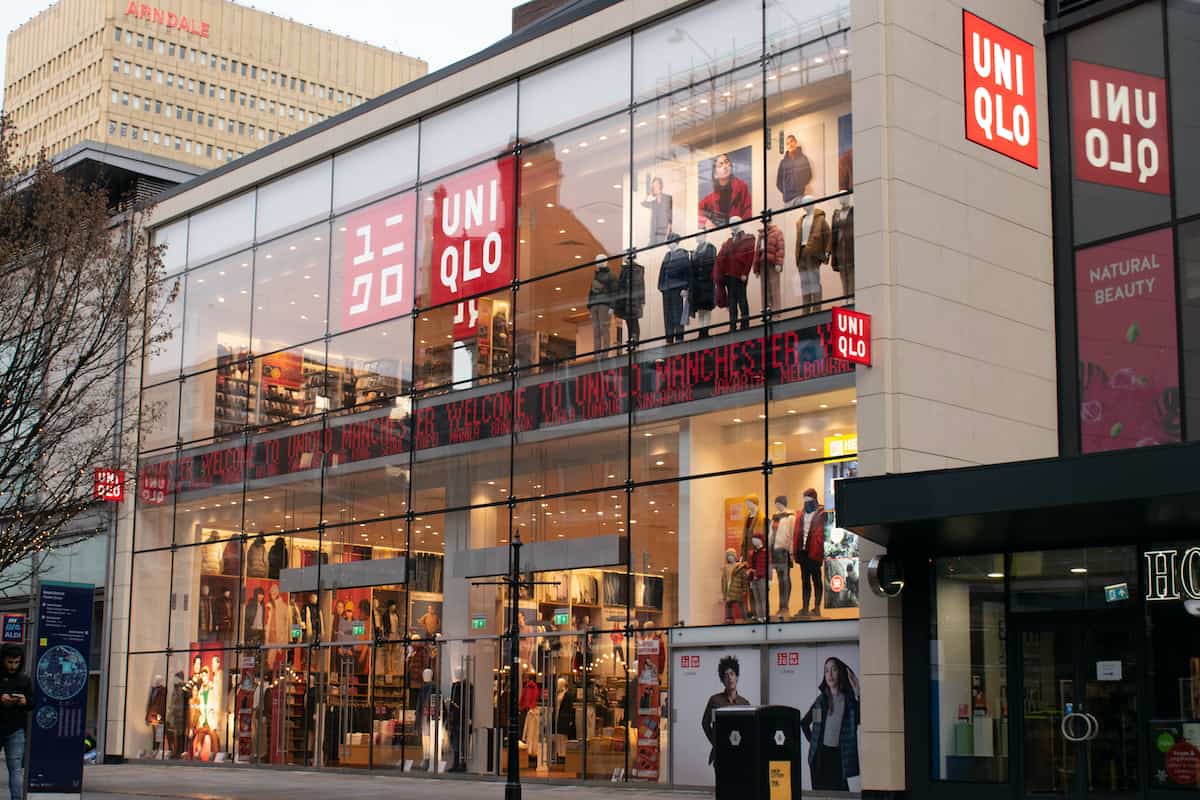Consumers switching from mobile phone browsing to laptop purchasing – plus a lack of discount incentives and desire for a variety of delivery options – are key reasons for ‘basket abandonment’, and are costing British retailers some £3.4billion a year.
So finds the Barclays Corporate Banking Online Retail Report, From Browse to Buy: The Conversion Challenge and are based on the views of 300 senior retail managers, 2,000 UK consumers and economic modelling. The study found that making online shopping more convenient could boost retailers’ coffers by £10.5bn within just five year.
More targeted investment in the strategies identified by consumers as most effective in encouraging them to complete a sale could help turn more browsers into buyers, the report goes on to warn.
At an uncertain time for the retail sector, the report estimates that investing in measures that encourage purchase conversion could cut basket abandonment in half by 2021.
Furthermore, instead of fiddling around with mobile sites that aren’t optimised, or wasting time searching through a difficult to navigate website, 614 million hours of timing could be saved over the next five years. There are productivity benefits too to the tune of £4.2bn, as time is freed to devote to other work or recreational activities.
Ian Gilmartin, Head of Retail, Barclays explains: “At a time when cost management is a priority, it’s understandable that investment in mobile optimisation may seem too expensive for many retailers. However, our research underlines the longer term benefit of providing easy to use options across all online platforms. By adapting quickly to the needs of today’s consumer to create a better shopping experience online, and particularly via mobile, retailers will boost their sales.”
“If they get their online strategy right, we could be looking at UK retailers selling more than £80bn of stock online by 2021, but that will only happen if as an industry we respond to what the public want from us. This research shows that a streamlined mobile offering, flexible delivery and competitive pricing can help convert more browsers to buyers.”
The British retail sector boasts the highest proportion of online sales of any major European country. Our research found that UK residents browse online for an average of 89 minutes per week with 45-54 year olds leading the way, clocking up just over 100 minutes per week. Although overall, more online retail browsing occurs during the week than at the weekend, the single most popular day for browsing is Saturday. The most popular time of day to browse is the evening, with a third of shoppers (30%) doing most of their browsing between 5pm and 9pm.
Becoming more mobile
Only 16% of retailers claim that they will make mobile sales their top priority in the next year, but consumers are calling out for retailers to introduce mobile apps to simplify the purchasing process. A more streamlined process overall would also make 28% of consumers more likely to complete a purchase.
This perhaps explains why consumers are avoiding purchasing products through a fiddly mobile website, but have a preference for ‘device switching.’ Whilst a third of consumers browse for products on their mobile, they are likely to then switch to another device, such as a laptop, in order to make a purchase.
Consumers are clearly looking for the fastest and simplest way to buy, as providing personal registration details at checkout was another bug-bear. 13% say that not having to provide registration details at checkout would encourage them to purchase.
It might seem that retailers aren’t aware of consumer preferences, but they also listed high IT costs as a barrier to investment. This may explain why only 19% say they would develop a dedicated app. In fact, the report showed that more retailers are bucking the trend for online retail and prioritising their in-store sales instead (79%) over the next year.
Traditional vs modern incentives
However, optimising the online purchasing process is not the only way to turn browsers into buyers. More traditional methods were also shown to increase consumer incentives to buy items saved in their wish list / shopping baskets. Interestingly, these traditional methods were more significant for consumers than the use of modern technologies.
Echoing the theme of time-saving and convenience, these consumers prefer flexible delivery options. Free delivery (56%) and returns (29%), next day delivery (17%) and click and collect (15%) are all options which consumers say would make them more likely to purchase.
Unsurprisingly, price was likely to have a huge impact on the final decision to purchase. Just under half (43%) of these consumers say that they would not complete a purchase because they were waiting for a better deal or offer. 38% would look for discount codes online and 35% say they would wait for a sale. Discounts tailored to the product being viewed are also likely to incentivise consumers and 27% say schemes such as bonus points also spur them on.
Traditional marketing communications such as email prompts (22%) do encourage consumers to buy saved items, but new online marketing techniques don’t appear to be so important to shoppers yet. Only 6% say online stylist recommendations are an incentive and even fewer say that chatbots would help them to make a purchase. What’s more, despite the hype around new experiential technologies, only 6% of online shoppers feel that augmented and virtual reality would encourage them to buy.








